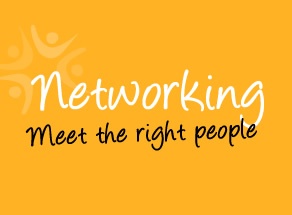
Bridge Communication Barriers
07/23/2015 06:00AM | 7161 viewsA bridge connects two points over an obstacle such as a river, ravine or roadway. Yet, we also need bridges to connect ideas and divergent viewpoints otherwise input may be ignored and personal tensions mount. Communication bridges also prevent disengagement, mindless mediocrity, stress and destructive conflict.
Whether it’s at the executive level or on the front line, a study from the American Management Association found that conflict consumes 18% of a manager’s time. While some conflict is good and even surfaces new ideas, the preponderance of conflict wastes time, crushes cooperation and ignores ideas and speakers.
Discounting input, ignoring alternatives, squashing concerns and personal labeling arouses personal discord that may escalate to the point where ideas and people are shunned. Reliance on personal assessments stems from our personal view of leadership based on characteristics, motivation and values. This shortchanges objective discussion and creates a cycle of discounting that escalates into a vicious and heated negative cycle. We also miss an opportunity to explore alternatives and uncover common ground.
Communication’s primary focus should be on ideas and action rather on the personality, titles, or stereotypes. After all the issues that stimulate dissent are proposed actions such as: how to spend resources, what staffing levels are necessary and what actions must be taken. When we view decisions objectively we can debate, contest and eventually concur on how to jointly move forward. When individuals feel that their ideas have been heard and discover potential limitations or superior solutions the cycle of destructive conflict transforms into cooperation and respect.
We all benefit when we objectively decode diverging viewpoints. Using an objective approach reduces conflict from one-third to one- half providing us with an extra 10 to 14 hours per month for more productive pursuits. It also reduces stress and improves teamwork.
Start constructing communication bridges by employing the following practices:
• Demonstrate respect by first actively listening without interruption
• Probe for the reason behind proposals by asking what facts drove another’s thinking
• Avoid jumping to conclusions
• Detect what desired outcomes drive a response or reaction
• Separate idea generation and analysis from the decision selection process
• Collaborate in separating facts from untested assumptions or opinions
• Employ time limits to ensure that everyone has an opportunity to contribute
• Recognize the need to capture new opportunities or sidestep pitfalls
• Reduce power or title differences by using first names or asking the most senior leader to withhold comments until the end
• Summarize the points made by another to ensure that you have fully understood the message
Objective and respectful listening and understanding enables all parties to cross a figurative bridge and find a mutually satisfactory agreement. A communication bridge, like an actual bridge, rises above difficult terrain to smooth out our path forward. And, similar to constructing a physical bridge, we must be willing to invest the time and energy to build that communication bridge for long-lasting benefits.






Post your Comment
Please login or sign up to comment
Comments